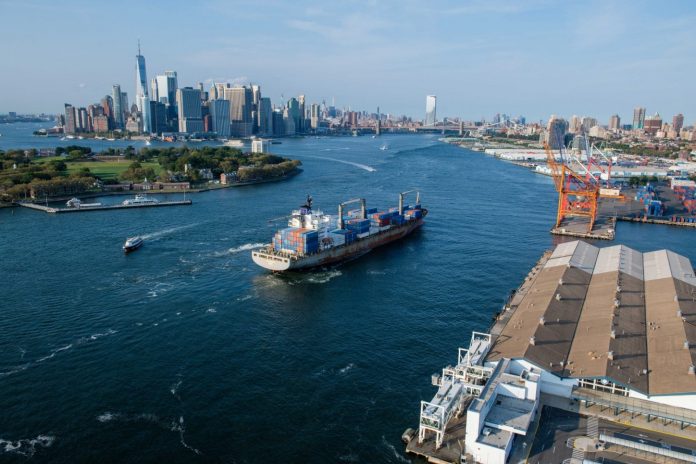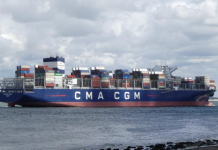
According to the latest Sea-Intelligence data, US inventory levels are at the lowest in the 28 years of data collection, even after an extended period where demand in the US has outstripped all expectations.
[s2If is_user_logged_in()]According to Alan Murphy, CEO at Sea-Intelligence, if inventories were to return to pre-pandemic levels, and growth were to return to ‘normal trends’ then the effect on the container shipping industry would be that the whole of 2021 would see growth in the industry compared to 2019 levels.
“By early 2022, we might then see year-on-year growth temporarily approach zero, but this is a short-term phenomenon, associated with the excess inventory build-up seen in 2021. Overall, what this means is that a normal development in sales in the US, could – through inventory replenishment – sustain a strong US import container growth through all of 2021,” explained Murphy.
If this is the case then the ports and logistics industry in the US is in for a tough year, with trucking and rail already hit by huge delays through weather events delaying road and rail deliveries, to add to the shortages of chassis across the US and congestions stifling cargo movements in key ports in Southern California and New York.
In addition to these challenges the Federal Maritime Commission (FMC) through Commissioner Rebecca Dye, issued information demand orders, on 17 February, to terminal operators and container shipping lines, “to determine if legal obligations related to detention and demurrage practices are being met,” said the FMC.
In particular the orders will require terminal and vessel operators calling at Long Beach and Los Angeles ports on the west coast and New York & New Jersey on the east coast to divulge information on their policies regarding container returns and the availability of boxes to US exporters.
While the investigation by the FMC will be welcomed by US traders into and out of the US alike, the situation that has created the massive backlog of containers and ships, around 40 ships at anchorage with a week’s delay in berthing and unloading in southern California, will remain for the foreseeable future.
[/s2If]
[s2If !is_user_logged_in()]Please login or register to read the rest of the story[/s2If]





